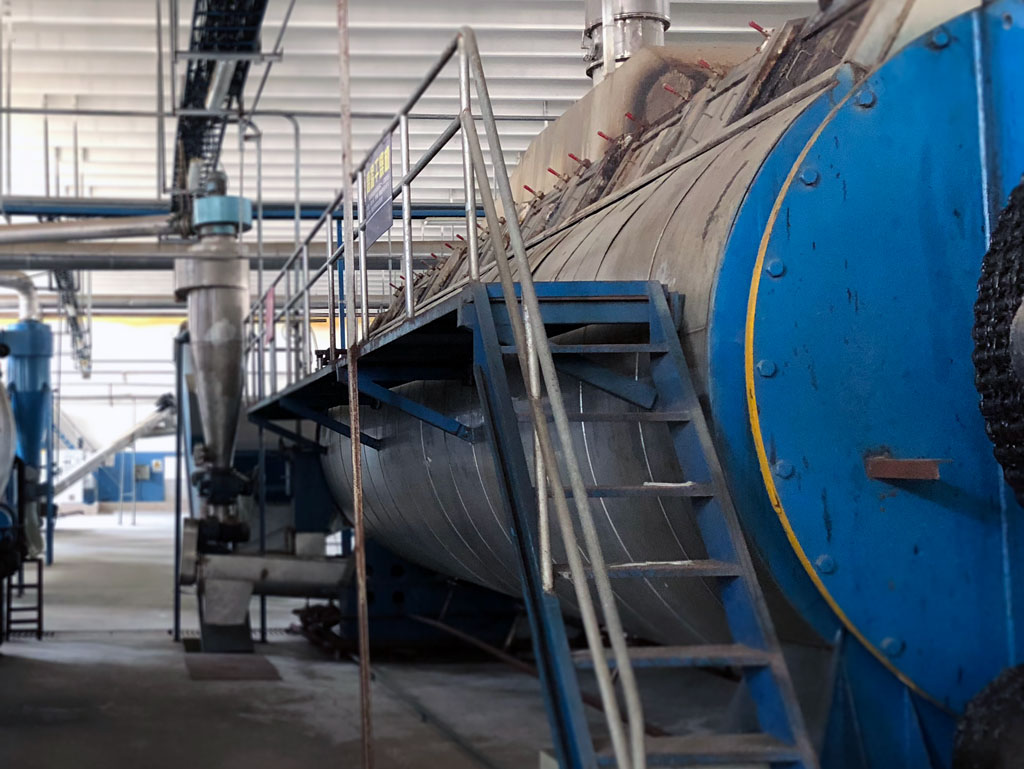How does sludge drying are worked
Sludge drying works by utilizing heat and mechanical processes to reduce the moisture content of sludge.
How Sludge Drying Systems Improves Capacity and Efficiency
The production line typically includes equipment for cooking, pressing, and drying. As well as ancillary equipment for handling and processing the raw materials and finished products.
How to deal with the waste gas produced in the Sludge Drying ?
The appropriate method for dealing with waste gas produced in a sludge drying will depend on factors such as the type and concentration of pollutants in the gas, local regulations, and cost considerations. Consult our experts to determine the best course of action.



